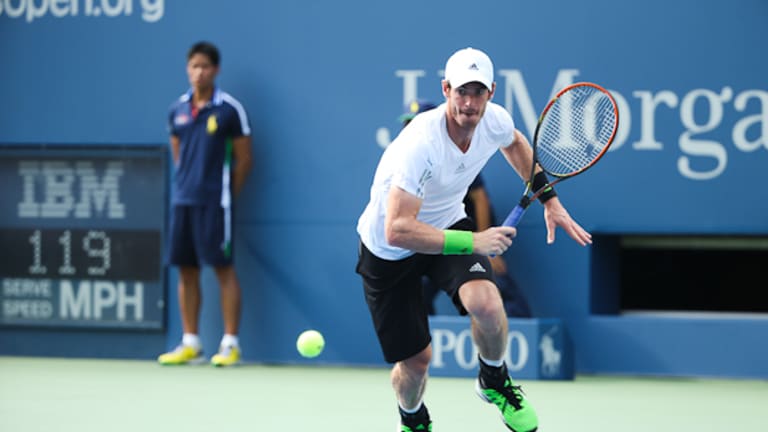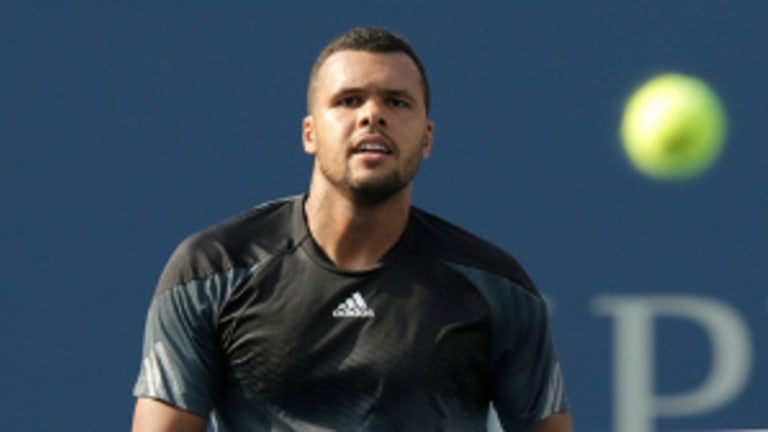NEW YORK—Perhaps it was the stifling heat. Maybe it was the unpredictable nature of Andy Murray’s game. Or his unruly forehand that let him down a few too many times. Was it that giant bug that made him cringe away as if from Kryptonite while trying to hit a serve early in the second set? Or it could have been the distraction of that soaking wet, heavy shirt that Jo-Wilfried Tsonga kept futzing with, and finally tucked into his shorts late in the second set?
Whatever it was, the net result was a classic Tsonga failure at a Grand Slam, and consequently, Murray is back among the living. Sure, only one guy gets to win any match, and in this era there are at least four guys—including Murray—who are clearly still better than Tsonga, especially on days that really matter. But the intriguing thing about Tsonga isn’t so much that he loses, it’s that he loses so often when, with a bit of luck, or smidgen more determination, a different choice of shot, or some slight realignment of the stars, he might win.
This time around, Tsonga stumbled in the fourth round against the man he beat in three sets just a few weeks ago in Toronto. The score in this two-hour and 35-minute clash was 7-5, 7-5, 6-4. Murray desperately needed to rack up a win over a Top 10 player—something he hasn’t done since last year, when he mastered Novak Djokovic in that historic Wimbledon final. He came to the right guy.
“Obviously, winning matches does build confidence,” Murray said afterward. “I played against some very good players this year and lost a few close matches. How big is it? I don't really know, to be honest. I'll just try and take the confidence that I gained from a win like this into the next round, and hopefully put on another good performance.”

